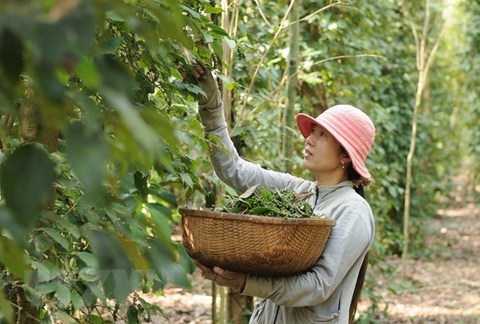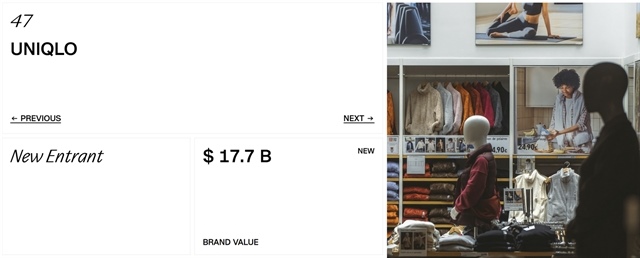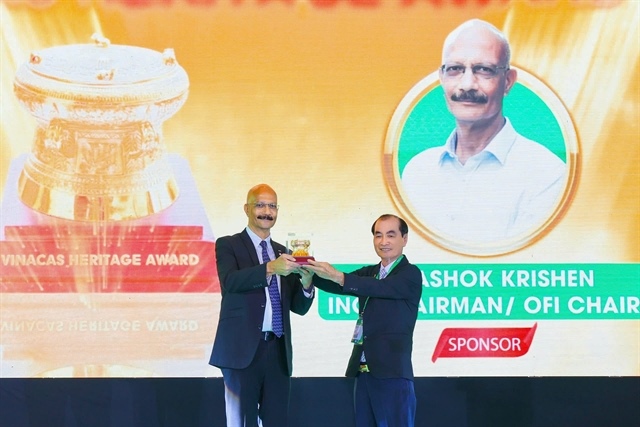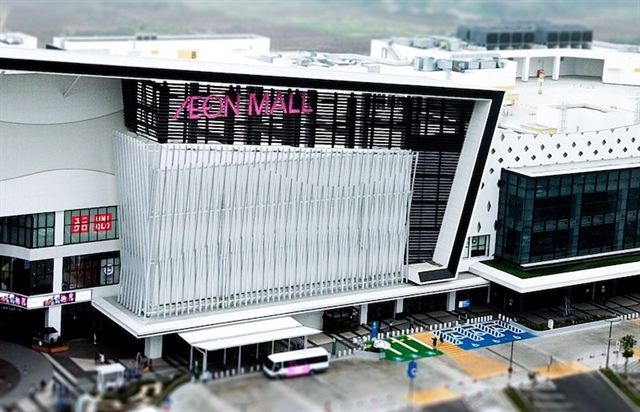Local steel sector’s back to the wall
Local steel sector’s back to the wall
The local steel sector has run into a brick wall with alarming inventory levels and foreign investors’ clean pair of heels.

The supply of construction steel in the first half of 2013 has outrun demand after two new businesses, Thai Trung Steel based in northern Thai Nguyen province with designed capacity of 500,000 tonnes per year and Danang’s Central Steel with 250,000 tonnes per year designed capacity, began launching products into the market.
A Ministry of Industry and Trade report in May showed that steel production growth had surpassed industrial sector average growth (5.2 per cent). Accordingly, rolled steel production hiked 14 per cent and that of steel bars rose 7.4 per cent. The sector’s consumption, however, fell 1.2 per cent.
“Building material production has grappled with hardships on the back of the property sector’s high inventory,” said chairman Pham Chi Cuong at Vietnam Steel Association (VSA).
Unsold construction steel will be 300,000 tonnes against an acceptable level 230,000-250,000 tonnes.
The VSA also put average consumption of its member units at 400,000 tonnes per month, down 10 per cent against peak level 450,000 tonnes per month.
Paradoxically, as consumption falls, rolled steel production capacity was on the rise.
The VSA surveys show that scores of steel businesses were ‘clinically’ dead.
To attract customers, steel firms have launched constant price discounts, making selling prices to fall below the production cost. However, price discounts keep continuing, particularly in northern area.
Big firms are also bleeding.
For instance, Pomina Steel (POM) reported 2012’s after-tax profits of more than VND5 billion ($238,000) against VND405 billion ($19.3 million) in 2011.
Mounting competition among businesses in the steel sector, however, does not mean there is no more room for growth opportunities in the sector, according to industry experts.
Accordingly, current per capita steel consumption in Vietnam is a mere 120kg, a half of the level seen in other ASEAN countries. To turn Vietnam into an industrialised nation current steel production needs to double or triple to come on par with actual demands for housing and infrastructure construction.
Industry experts warned that foreign investment projects in the steel sector, particularly big ones, would undermine performance of local businesses and exaggerate current supply-demand imbalance unless there were suitable strategic plans to attract foreign investors in the sector.
A big southern steel firm representative said: “We [the Vietnamese company] were told to totally export products if setting a manufacturing plant in Myanmar. Foreign investors also find it extremely hard to invest in steel production in the Philippines. In China’s case, albeit this country turns out billions of tonnes of steel per year, foreign investors’ contribution in a steel joint venture must not exceed 30 per cent of the joint venture’s total capital. Vietnam should count on these experiences when charming foreign investment in the steel sector.”
vir






















